







CONSERVATION
Breeding habitat loss
A number of saguaro restoration and habitat loss mitigation activities are currently taking place in Arizona. Below, you will find activities that are being used to restore saguaros and mitigate their decline.


Desert Purple Martins nest primarily in cavities created by woodpeckers in columnar cacti.
Availability of these nest cavities appears to limit their productivity and, by extension, total population size.
Saguaros can take 100-150 years to achieve the size necessary to host desert Purple Martin nests.

They have never been known to use human-made nestboxes. However, they could benefit from a design that allows them to nest in artificial cavities if something were to happen that suddenly removed saguaros from an area that they would use for nesting.
That’s why Tucson Audubon sponsored nestbox design competition with $2000 in cash prizes!
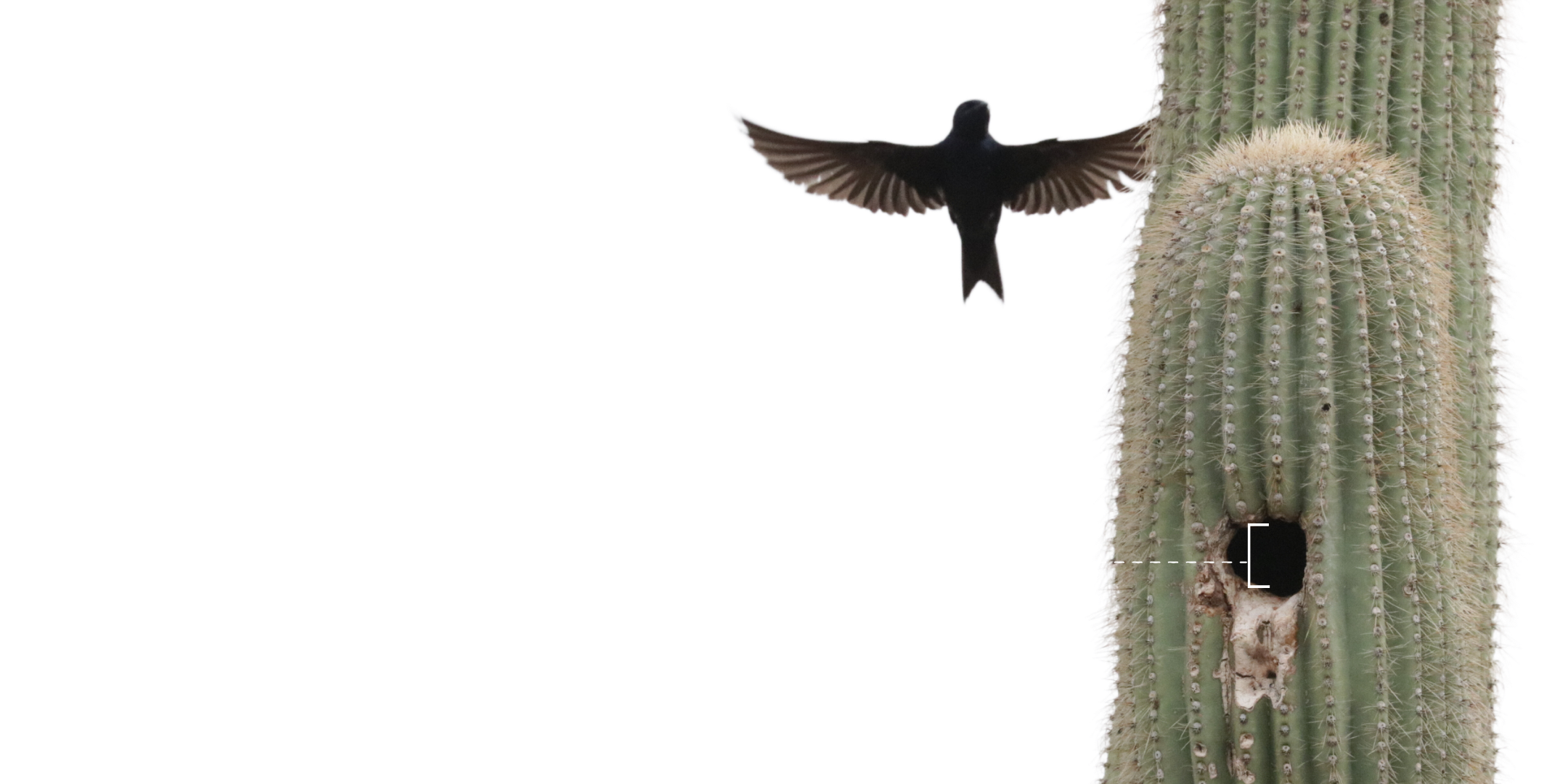
Design Guidelines:
Based on field measurements of saguaro cavities that Desert Martins have nested in, general Sonoran Desert conditions, and local ecological knowledge
Opening: round or oval shape
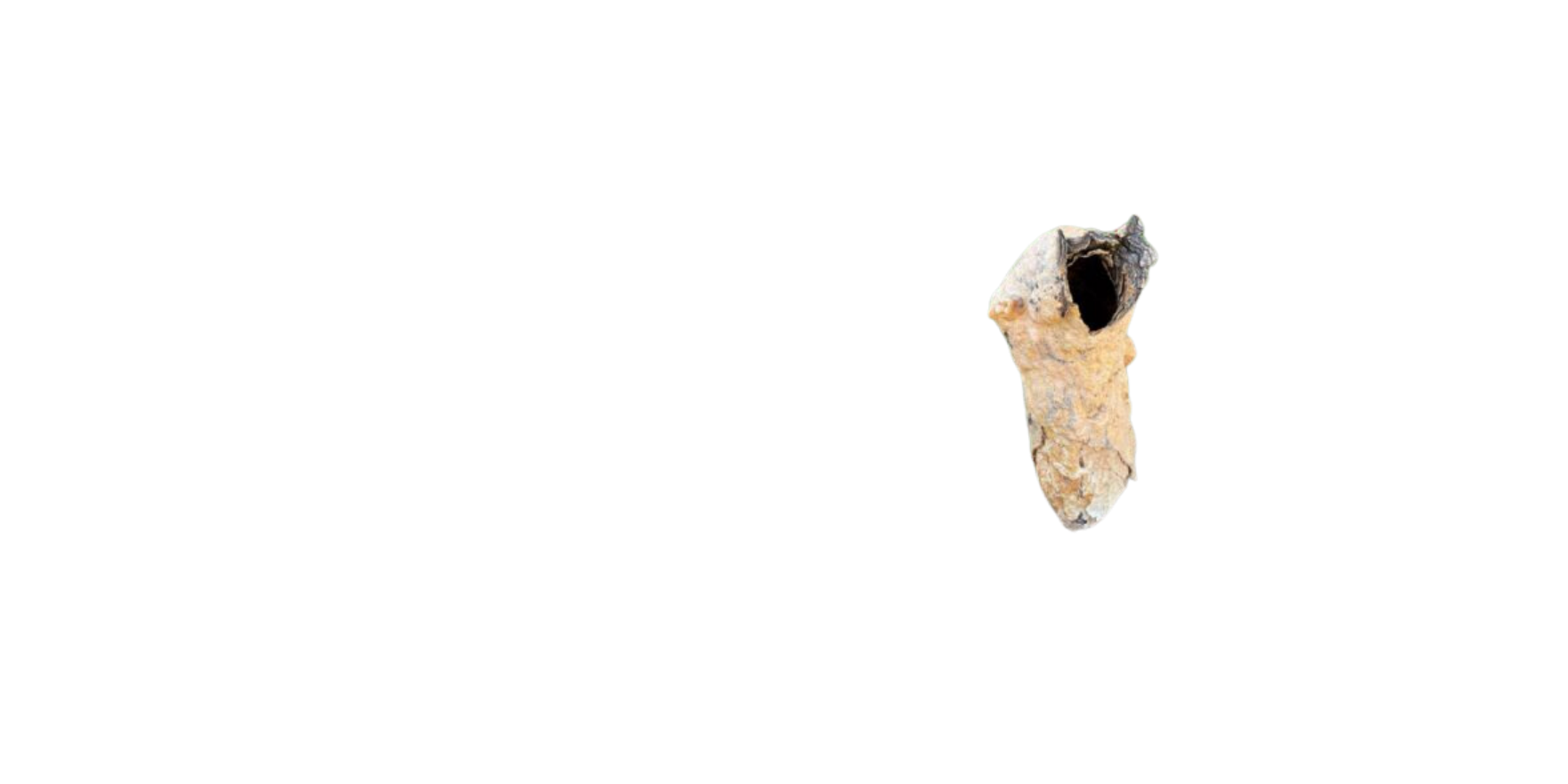
Design Guidelines:
Drop – The distance from the bottom of the entrance to the bottom of the internal cavity
Internal Dimensions
Figure: A “saguaro boot” is the internal structure of a saguaro cavity.
- Temperature buffer of at least 6-10ºF


Testing the boxes
We received 22 excellent plans: 19 in the adult category and 3 in the youth category.
The written plans were then evaluated by the Desert Purple Martins research team and a woodworker expert to assess dimensions, cost-effectiveness, ease of installation and durability/longevity.
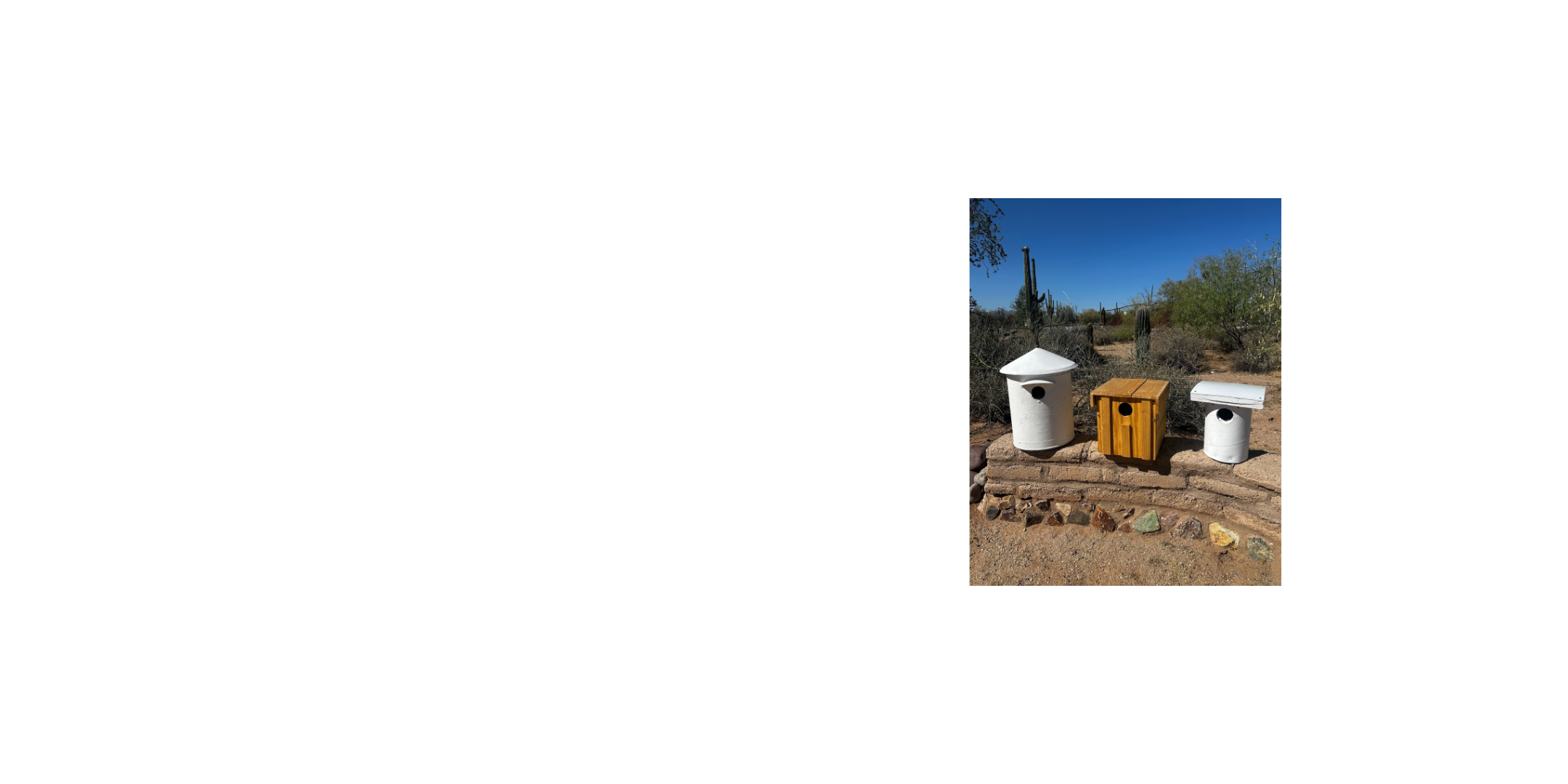
Testing the boxes
For the next stage of the experiment we recreated the prototypes of a subset of designs and deployed them for field testing using small temperature gauges inside. Alongside the prototypes we tested typical designs that are used in the east: metal boxes, gourds and wooden boxes.
While it proved to be difficult to mimic the living flesh of a saguaro exactly, three designs came the closest.
Testing the boxes
We’ve plotted temperatures (degrees F) measured by iButton loggers deployed over a 72-hour period in May 2023 in the three winning nestbox prototypes (blue, red, and purple dashed lines), in a traditional wooden nestbox (gray solid line), and in a nearby saguaro cavity (thick, solid green line).
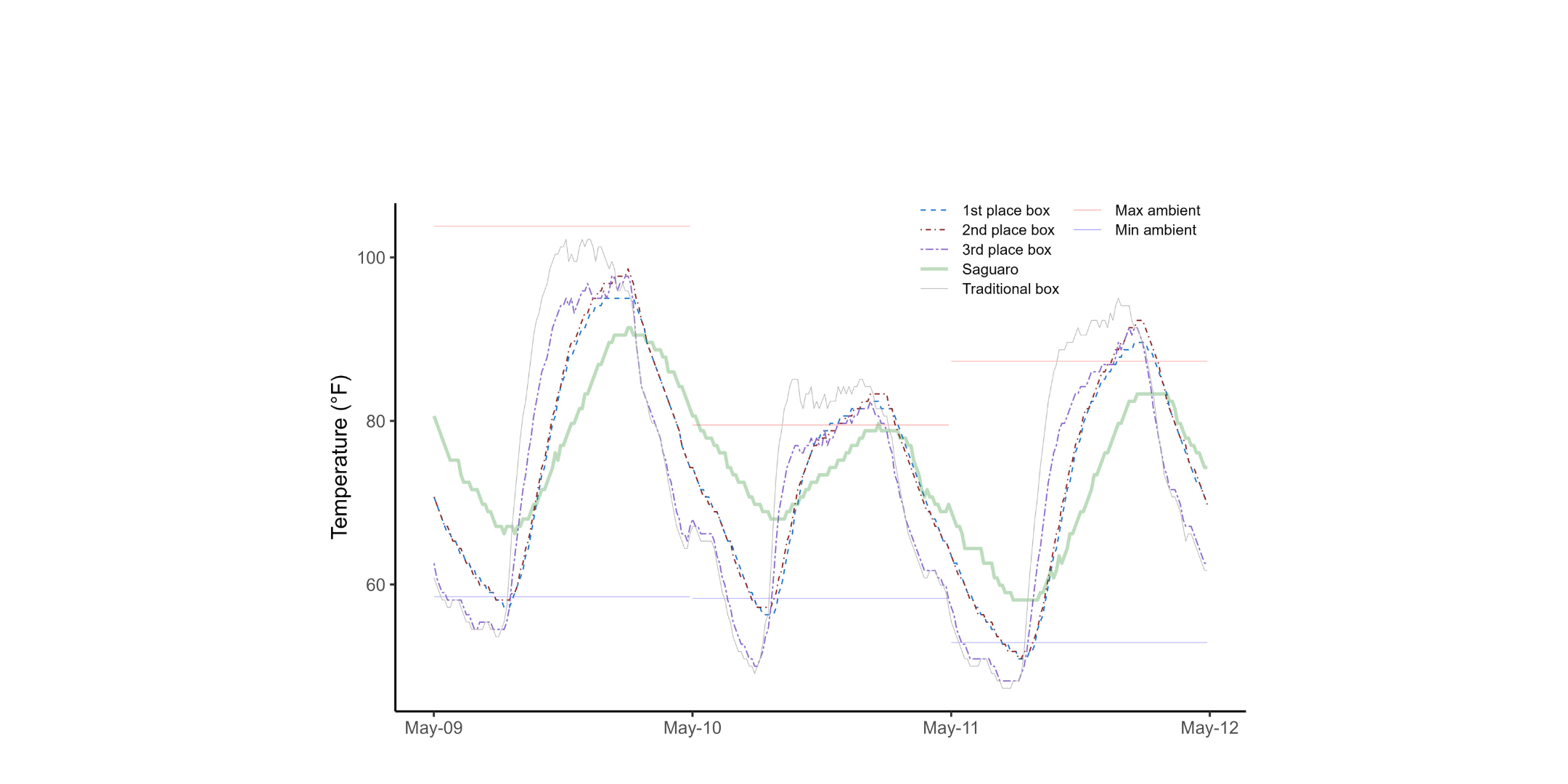
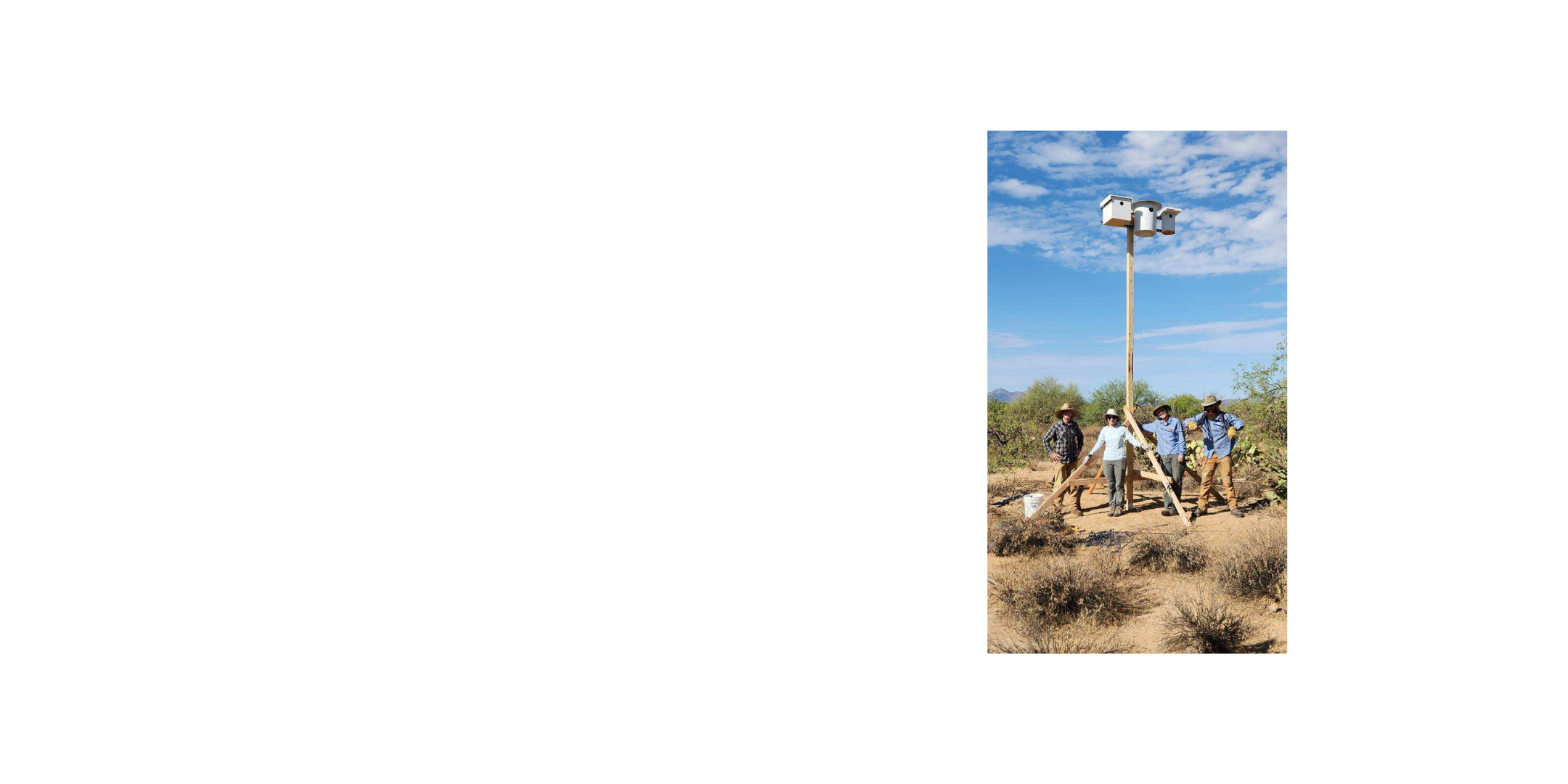
The ultimate test: Purple Martin preference!
We created 25 arrays each consisting of the three nestbox designs affixed next to each other on a 16 foot post. These arrays are installed in or near existing Purple Martin breeding colonies across Southeast Arizona.
We are excited to see which nestbox is most preferred by this species next season (2024).


Desert Purple Martins nest primarily in cavities created by woodpeckers in columnar cacti.
Availability of these nest cavities appears to limit their productivity and, by extension, total population size.
Saguaros can take 100-150 years to achieve the size necessary to host desert Purple Martin nests.

Unlike their eastern counterpart, desert Purple Martins have never been known to use human-made nestboxes. However, they could benefit from a design that allows them to nest in artificial cavities if something were to happen that suddenly removed saguaros from an area that they would use for nesting.
That’s why Tucson Audubon and project partners sponsored nestbox design competition with $2000 in cash prizes!

Design Guidelines:
Based on field measurements of saguaro cavities that Desert Martins have nested in, general Sonoran Desert conditions, and local ecological knowledge
Opening: round or oval shape
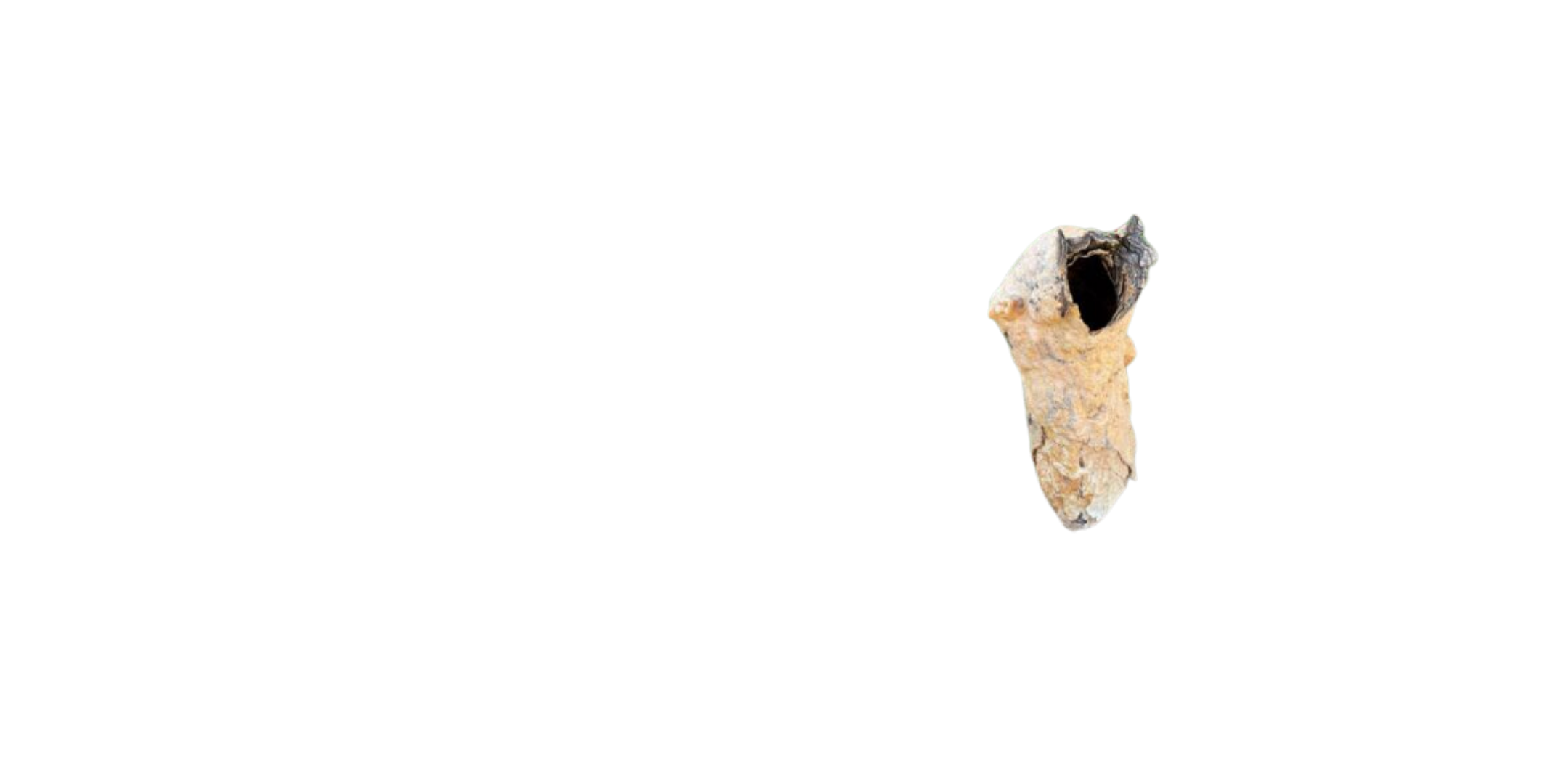
Design Guidelines:
Based on field measurements of saguaro cavities that Desert Martins have nested in, general Sonoran Desert conditions, and local ecological knowledge
Drop – The distance from the bottom of the entrance to the bottom of the internal cavity
Internal Dimensions
Figure: A “saguaro boot” is the internal structure of a saguaro cavity. Woodpeckers excavate the hole, then it scars over leaving a fully formed “boot” for birds to nest in.
Design Guidelines:
Based on field measurements of saguaro cavities that Desert Martins have nested in, general Sonoran Desert conditions, and local ecological knowledge
- Temperature buffer of at least 6-10ºF
 Figure: Temperatures measured inside and outside of a saguaro cavity between August 21st and 24th, 2022.
Figure: Temperatures measured inside and outside of a saguaro cavity between August 21st and 24th, 2022.

Testing the boxes
We received 22 excellent plans: 19 in the adult category and 3 in the youth category.
The written plans were then evaluated by the Desert Purple Martins research team and a woodworker expert to assess dimensions, cost-effectiveness, ease of installation and durability/longevity.

Testing the boxes
For the next stage of the experiment we recreated the prototypes of a subset of designs and deployed them for field testing using small temperature gauges inside.
Alongside the prototypes we tested typical designs that are used in the east: metal boxes, gourds and wooden boxes.
While it proved to be difficult to mimic the living flesh of a saguaro exactly, three designs came the closest.
Testing the boxes
We’ve plotted temperatures (degrees F) measured by iButton loggers deployed over a 72-hour period in May 2023 in the three winning nestbox prototypes (blue, red, and purple dashed lines), in a traditional wooden nestbox (gray solid line), and in a nearby saguaro cavity (thick, solid green line).
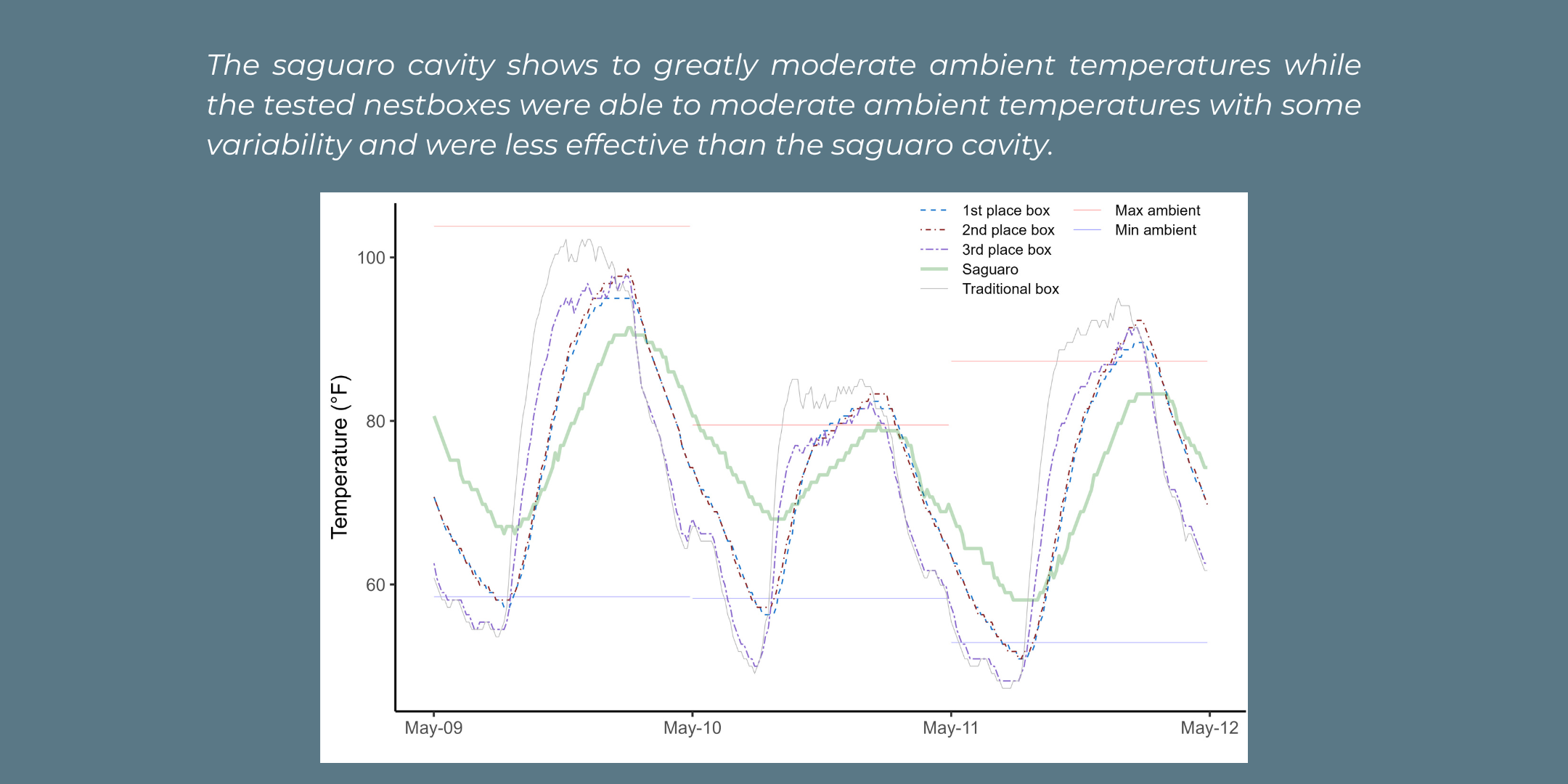

The ultimate test: Purple Martin preference!
We created 25 arrays each consisting of the three nestbox designs affixed next to each other on a 16 foot post.
These arrays are installed in or near existing Purple Martin breeding colonies across Southeast Arizona.
We are excited to see which nestbox is most preferred by this species next season (2024).
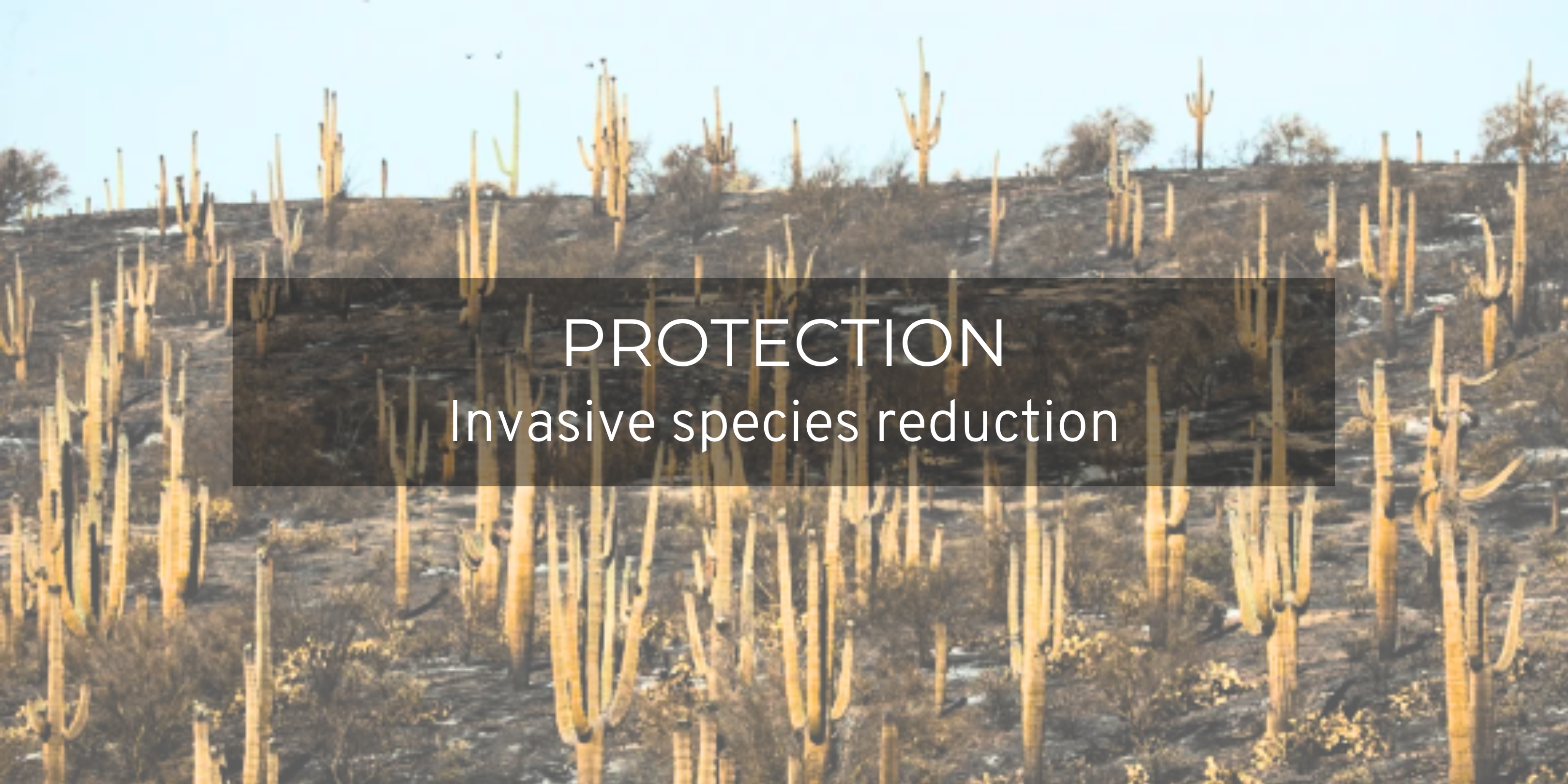
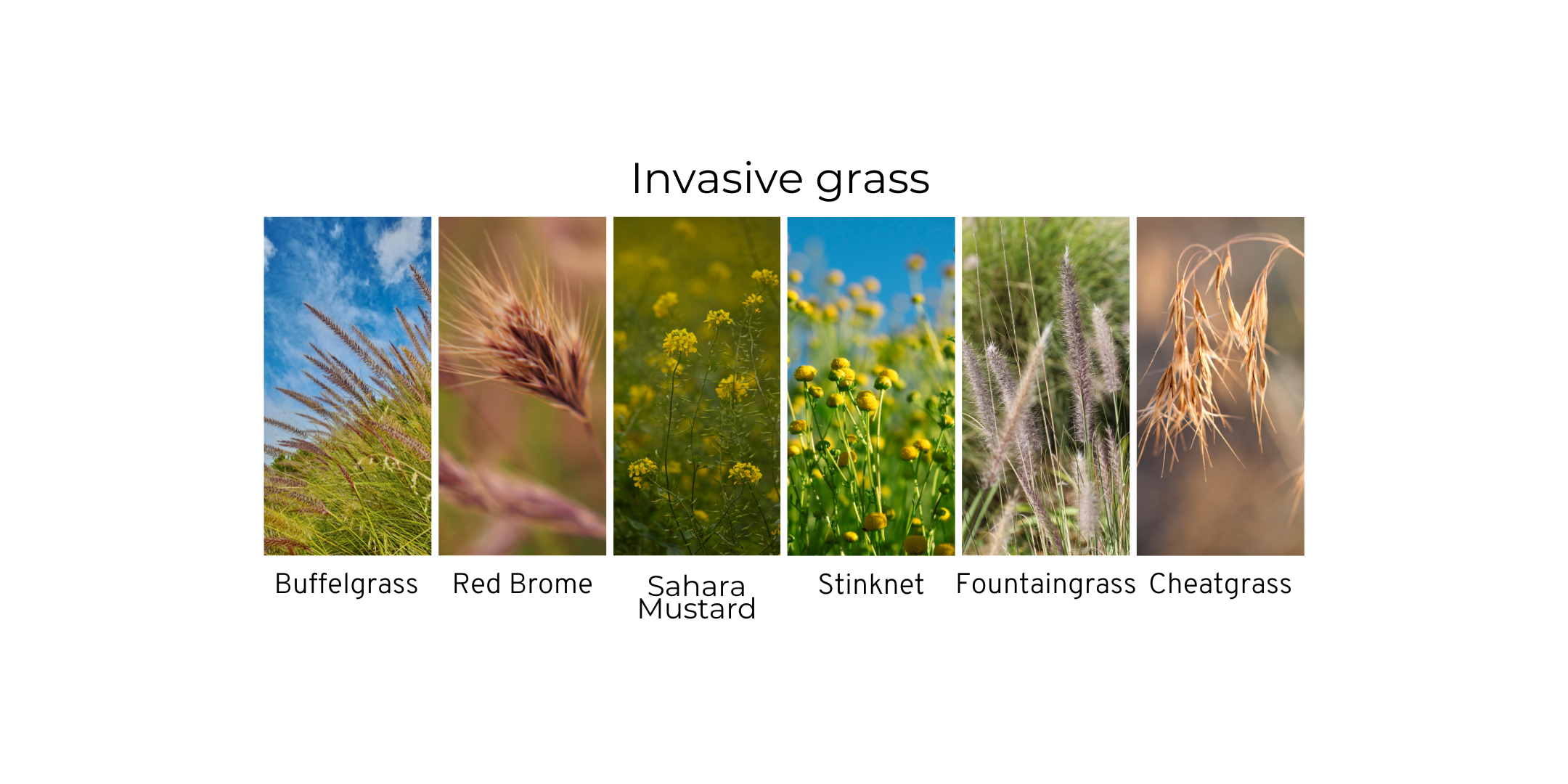

Slide #3
Arizona has always had wildfires, but the introduction of invasive grasses has made them burn hotter and spread farther than ever before.

Slide #4
This poses a huge threat to saguaros and other native plants in the Sonoran desert, which are not adapted to survive these types of fires.

In order to protect saguaros, thousands of acres of buffelgrass are being removed by Tucson Audubon and other environmental groups in Arizona.


Slide #3
Arizona has always had wildfires, but the introduction of invasive grasses has made them burn hotter and spread farther than ever before.

Slide #4
This poses a huge threat to saguaros and other native plants in the Sonoran desert, which are not adapted to survive these types of fires.

In order to protect saguaros, thousands of acres of buffelgrass are being removed by Tucson Audubon and other environmental groups in Arizona.


Saguaros are slow growing plants, they can take 35 years to reach reproductive age! They also are struggling to establish new generations in the wild due to shifting rainfall patterns and thousands have been lost in the last few years due to wildfires.

To increase the population of saguaros, Tucson Audubon is planting 14,000 nursery grown saguaros in the wilderness. The majority of these will be planted in areas where saguaros were lost due to wildfire.

The saguaros are 2 years old and are only a few inches tall. At this height, it can take over 80 years until a desert Purple Martin moves in!


Saguaros are slow growing plants, they can take 35 years to reach reproductive age! They also are struggling to establish new generations in the wild due to shifting rainfall patterns and thousands have been lost in the last few years due to wildfires.
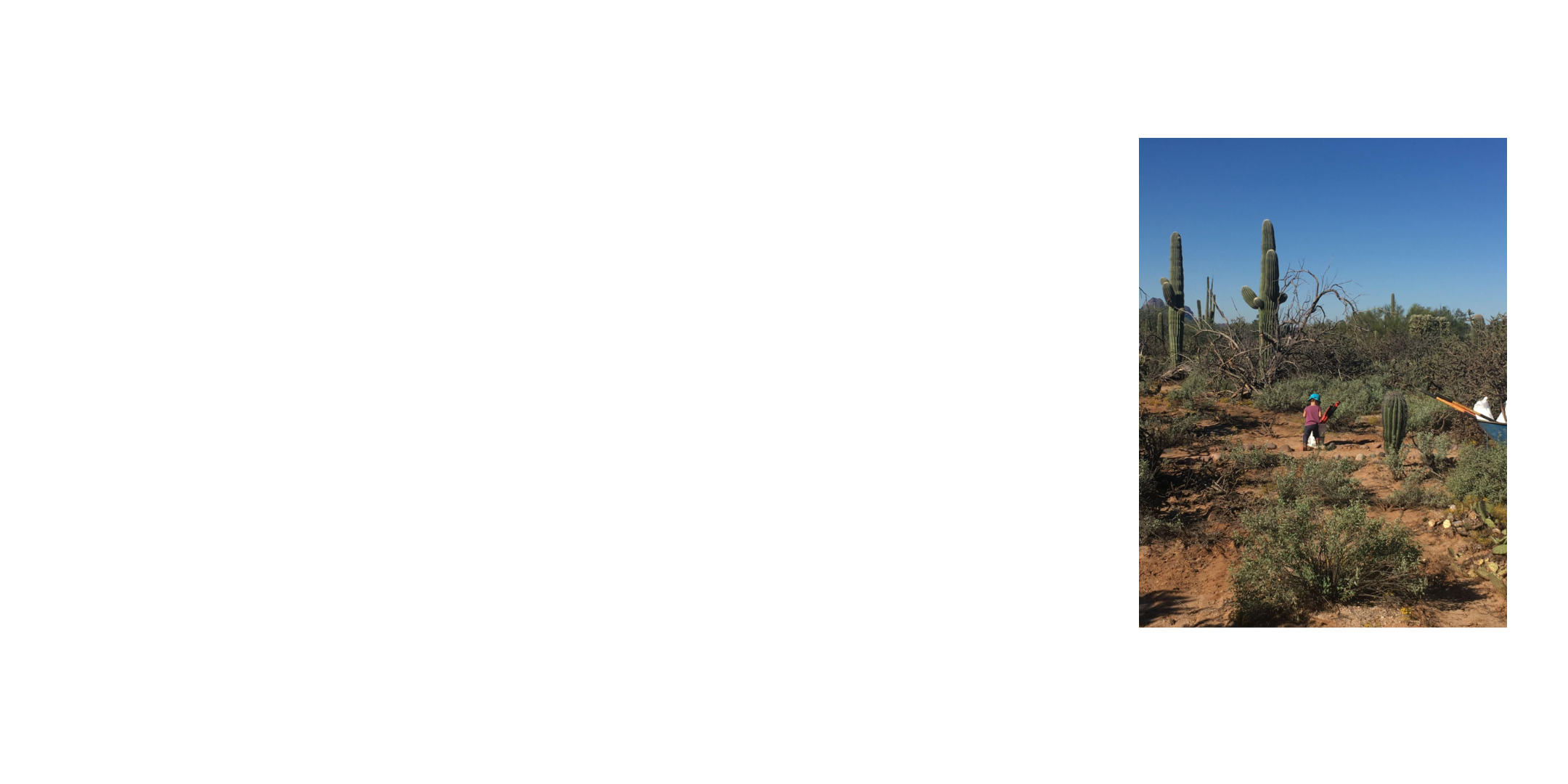
To increase the population of saguaros, Tucson Audubon is planting 14,000 nursery grown saguaros in the wilderness. The majority of these will be planted in areas where saguaros were lost due to wildfire.

The saguaros are 2 years old and are only a few inches tall. At this height, it can take over 80 years until a desert Purple Martin moves in!







